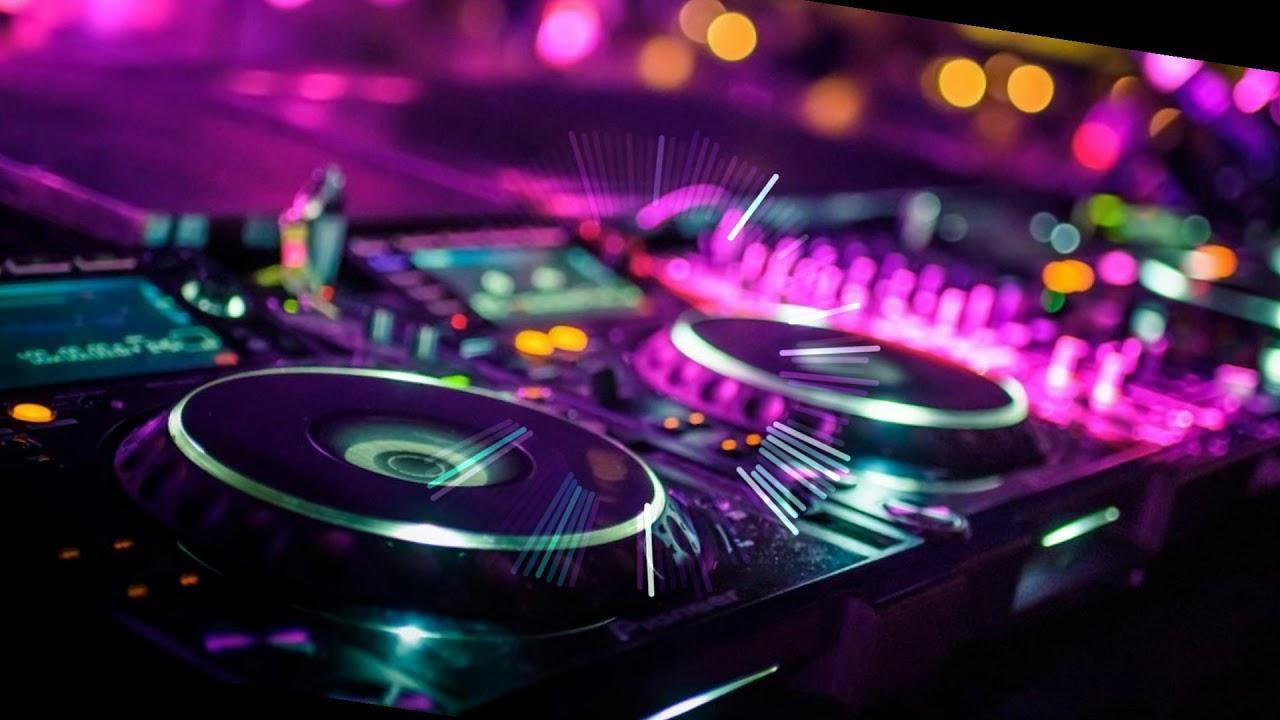Electronic music first pulsed to life in dimly lit underground clubs, where DJs and producers experimented with synthesizers, drum machines, and early computer software. In those hidden corners of nightlife, a new sonic language was born—one that rejected convention and embraced innovation. The beats were futuristic, the melodies hypnotic, and the atmosphere electric. For the early crowd, it wasn’t just music; it was liberation, a collective escape where sound became both art and rebellion.
From Shadows to Spotlight
What began as an underground current quickly surged onto the global stage. By the 1990s and early 2000s, electronic music had diversified into house, trance, techno, drum and bass, and many more subgenres, each carrying its own identity and culture. DJs who once played for intimate gatherings were suddenly commanding vast arenas and open-air festivals. With the rise of advanced sound systems and visual technology, performances became not just concerts, but full-scale sensory experiences—where light, rhythm, and emotion collided in unforgettable ways.
The Art of Sound and Vision
At the heart of EDM lies relentless creativity. Producers treat technology as an instrument, sculpting intricate soundscapes that can be euphoric, haunting, or deeply meditative. Through layering, looping, and remixing, every track becomes a living canvas of imagination. Live performances are never static—no two sets are the same. Collaborations with visual artists, dancers, and stage designers turn music into a spectacle, where the boundaries between sound and art blur into a single, immersive journey.
The Rise of Festival Culture
As electronic music grew, so too did its cultural rituals. Festivals dedicated solely to electronic beats began to appear around the world, transforming fields, deserts, and city centers into sprawling celebrations of rhythm and community. These gatherings are more than parties—they are modern-day pilgrimages for music lovers. Vibrant costumes, breathtaking stage designs, and monumental art installations create a dreamlike environment where reality feels suspended. The energy of thousands moving together, united by one pulse, has become the defining spirit of festival culture.
Beyond the Dance Floor
The influence of EDM extends far beyond music itself. It has shaped global fashion trends, inspired visual art, and driven advancements in stage design and sound engineering. More importantly, it has carried forward a philosophy rooted in inclusivity, connection, and freedom of expression. For many, EDM is not only a soundtrack but a lifestyle—one that champions diversity, peace, and the shared experience of joy through rhythm.
A Future Without Limits
As technology evolves, so does the world of electronic music. Virtual reality concerts, interactive live shows, and AI-powered production tools are opening new dimensions of creativity. Yet despite its futuristic edge, EDM continues to honor its roots—the raw energy of the underground, the spirit of experimentation, and the universal power of music to bring people together.
Electronic music and festival culture are not just passing trends. They are the heartbeat of a generation, proof that sound can build worlds, bridge differences, and create memories that linger long after the last note fades.
